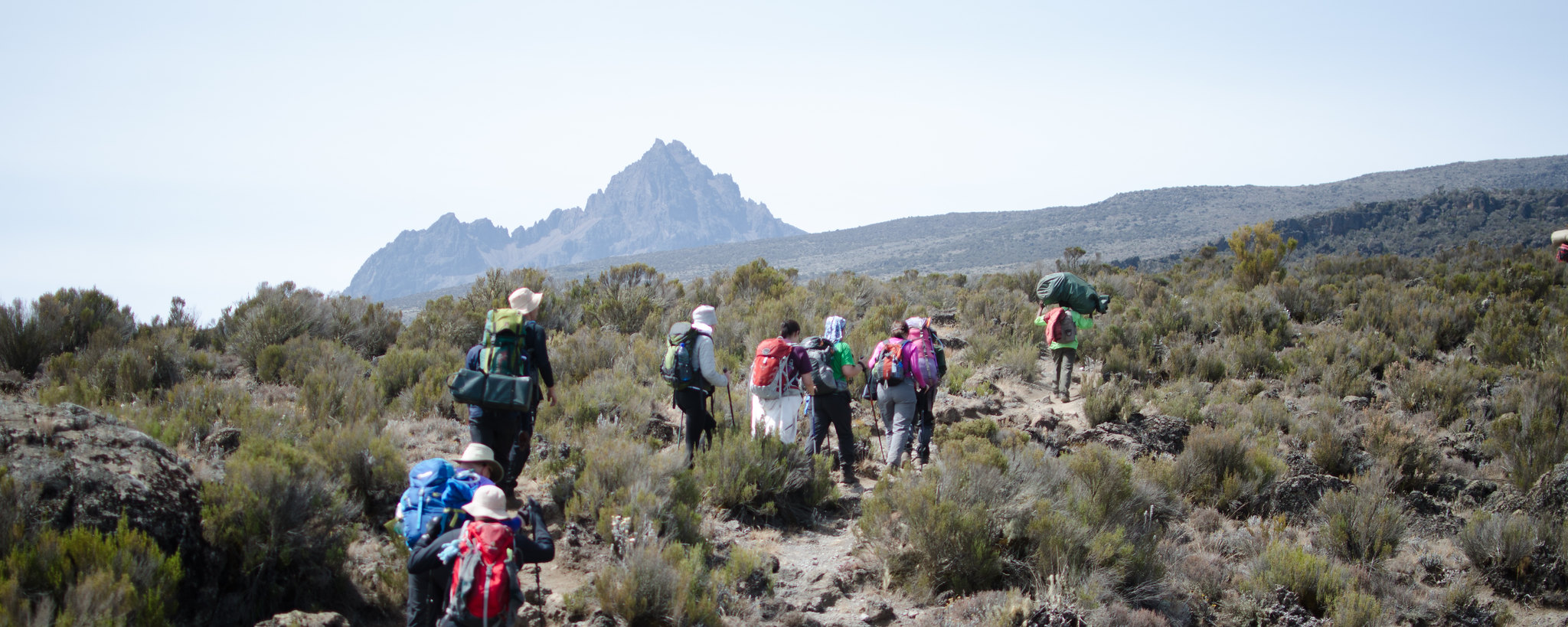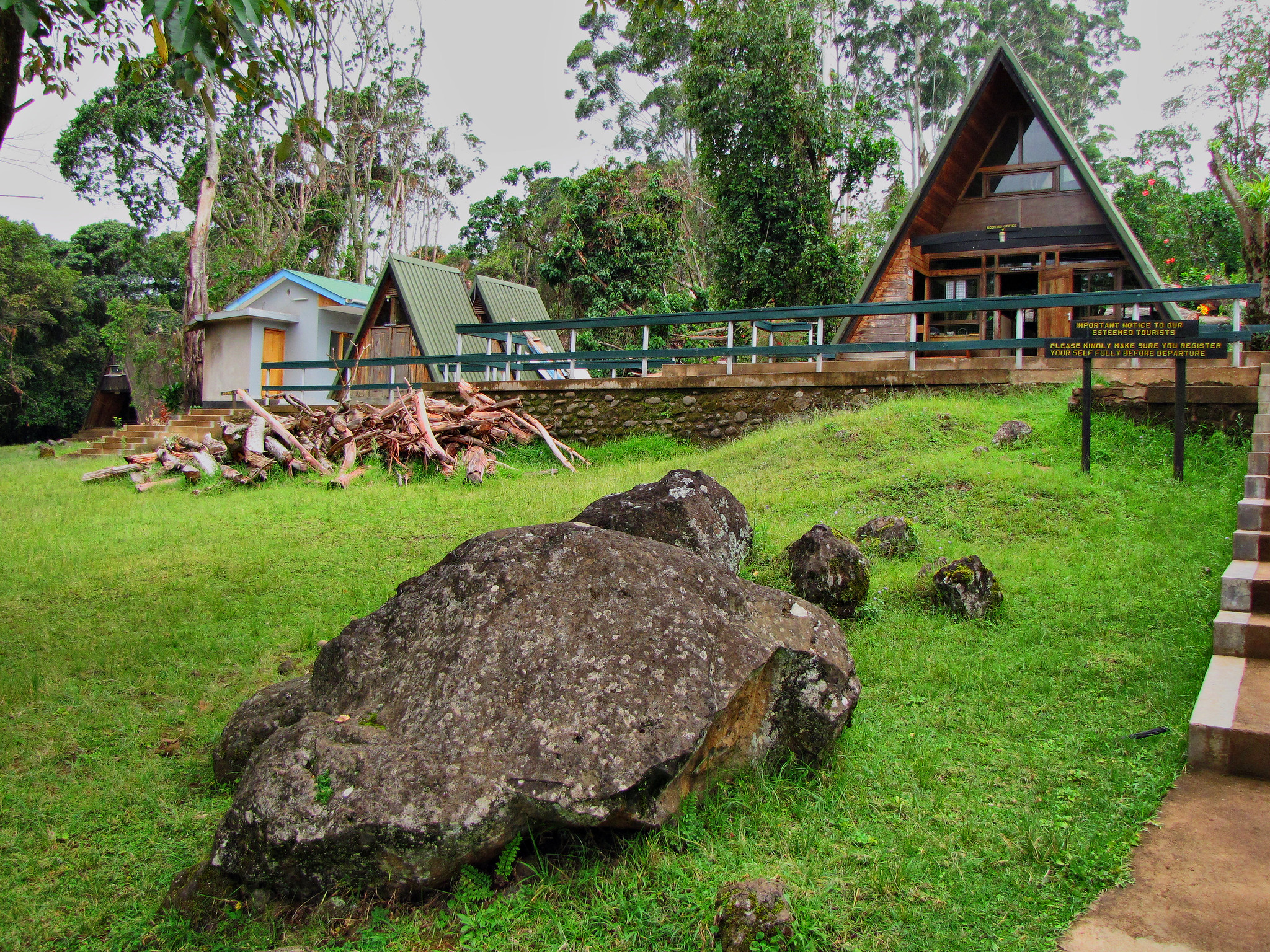Gombe National Park
Gombe Stream National Park, located on the western border of Tanzania and the Congo, is most famous for Jane Goodall, the resident primatologist who spent many years in its forests studying the behaviour of the endangered chimpanzees.
With an area of only 56 sq km, this is Tanzania’s smallest national park, but its famous primate inhabitants and its connection to Jane Goodall have given it worldwide renown. Many of Gombe’s 100-plus chimps are well habituated, and though it can be difficult, sweaty work traversing steep hills and valleys, if you head out early in the morning, sightings are nearly guaranteed.
An excited whoop erupts from deep in the forest, boosted immediately
by a dozen other voices, rising in volume and tempo and pitch to a
frenzied shrieking crescendo. It is the famous ‘panthoot’ call: a
bonding ritual that allows the participants to identify each other
through their individual vocal stylizations. To the human listener,
walking through the ancient forests of Gombe Stream, this spine-chilling
outburst is also an indicator of imminent visual contact with man’s
closest genetic relative: the chimpanzee
Gombe National Park, also known as Gombe Stream National Park, is located in western Kigoma Region, Tanzania, 10 miles (16 km) north of Kigoma, the capital of Kigoma Region.Established in 1968, Gombe is one of the smallest national parks in Tanzania, with only 13.5 square miles (35 km2) of protected land along the hills of the eastern shore of Lake Tanganyika. The terrain is distinguished by steep valleys, and the vegetation ranges from grassland to woodland to tropical rainforest. Accessible only by boat, the park is most famous as the location where Jane Goodall pioneered her behavioural research conducted on the chimpanzee populations. The Kasekela chimpanzee community (spelled Kasakela in earlier publications ), featured in several books and documentaries, lives in Gombe National Park.
Gombe’s high levels of diversity make it an increasingly popular tourist destination. Besides chimpanzees, primates inhabiting Gombe include beachcomber olive baboons, red colobus, red-tailed monkeys, blue monkeys, and vervet monkeys. Red-tailed monkeys and blue monkeys have also been known to hybridize in the area. The park is also home to over 200 bird species and bushpigs. There are also many species of snakes, and occasional hippopotami and leopards. Visitors to the park can trek into the forest to view the chimpanzees, as well as swim and snorkel in Lake Tanganyika with almost 100 kinds of colourful cichlid fish.
Chimp tracking is only permitted for those aged 15 and older, and you must be with a guide at all times except at the lakeshore.
As well as chimp tracking you can go and see Jane’s old chimp-feeding station, the viewpoint on Jane’s Peak and Kakombe Waterfall. It’s also possible to hike along the lakeshore, but you still need to pay the same fees.
Gombe is the smallest of Tanzania’s national parks: a fragile strip of chimpanzee habitat straddling the steep slopes and river valleys that hem in the sandy northern shore of Lake Tanganyika.
Its chimpanzees – habituated to human visitors – were made famous by the pioneering work of Dr. Jane Goodall, who in 1960 founded a behavioural research program that now stands as the longest -running study of its kind in the world. The matriarch Fifi, the last surviving member of the original community, only three-years old when Dr. Jane Goodall first set foot in Gombe, born 1958 and died in 2004.
Chimpanzees share about 98% of their genes with humans, and no scientific expertise is required to distinguish between the individual repertoires of pants, hoots and screams that define the celebrities, the powerbrokers, and the supporting characters. Perhaps you will see a flicker of understanding when you look into a chimp’s eyes, assessing you in return – a look of apparent recognition across the narrowest of species barriers.
The most visible of Gombe’s other mammals are also primates. A troop of beachcomber olive baboons, under study since the 1960s, is exceptionally habituated, while red-tailed and red colobus monkeys – the latter regularly hunted by chimps – stick to the forest canopy. The park’s 200-odd bird species range from the iconic fish eagle to the jewel-like
Peter’s twin spots that hop tamely around the visitors’ centre. After dusk, a dazzling night sky is complemented by the lanterns of hundreds of small wooden boats, bobbing on the lake like a sprawling city.



